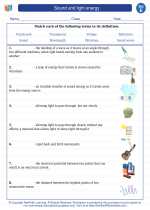Sound and light energy -> respiration
Respiration
Respiration is the process by which living organisms take in oxygen and release carbon dioxide. It involves multiple steps and complex mechanisms to release energy from food. There are two main types of respiration: cellular respiration, which occurs in cells, and breathing, which involves the inhalation and exhalation of air in the respiratory system.
Cellular Respiration
Cellular respiration is the process by which cells break down glucose and other organic molecules to produce ATP (adenosine triphosphate), the main energy currency of the cell. It occurs in three main stages: glycolysis, the Krebs cycle, and oxidative phosphorylation.
Glycolysis
Glycolysis takes place in the cytoplasm of the cell and involves the breakdown of glucose into pyruvate, producing a small amount of ATP and NADH in the process.
The Krebs Cycle
The Krebs cycle, also known as the citric acid cycle, occurs in the mitochondria and involves a series of chemical reactions that further break down pyruvate to produce more ATP and electron carrier molecules (NADH and FADH2).
Oxidative Phosphorylation
Oxidative phosphorylation takes place in the inner mitochondrial membrane and involves the transfer of electrons from NADH and FADH2 to oxygen, generating a large amount of ATP through a series of protein complexes known as the electron transport chain.
Breathing
Breathing is the process of inhaling oxygen into the lungs and exhaling carbon dioxide out of the body. It occurs in the respiratory system, which includes the nose, trachea, bronchi, and lungs. The exchange of gases (oxygen and carbon dioxide) takes place in the alveoli of the lungs.
Study Guide
- What is respiration?
- Describe the process of cellular respiration.
- Explain the role of glycolysis in cellular respiration.
- What is the Krebs cycle and where does it take place?
- How does oxidative phosphorylation contribute to ATP production?
- Discuss the process of breathing and the components of the respiratory system.
- Where does the exchange of gases occur in the lungs?
◂Science Worksheets and Study Guides Fifth Grade. Sound and light energy
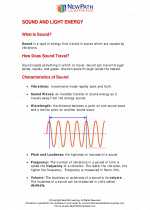
 Activity Lesson
Activity Lesson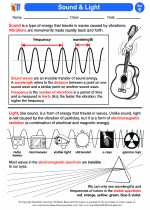
 Worksheet/Answer key
Worksheet/Answer key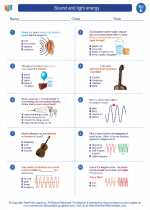
 Worksheet/Answer key
Worksheet/Answer key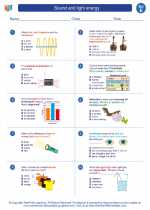
 Worksheet/Answer key
Worksheet/Answer key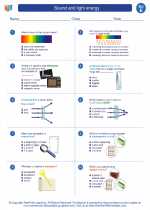
 Worksheet/Answer key
Worksheet/Answer key
 Vocabulary/Answer key
Vocabulary/Answer key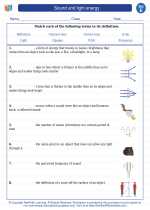
 Vocabulary/Answer key
Vocabulary/Answer key